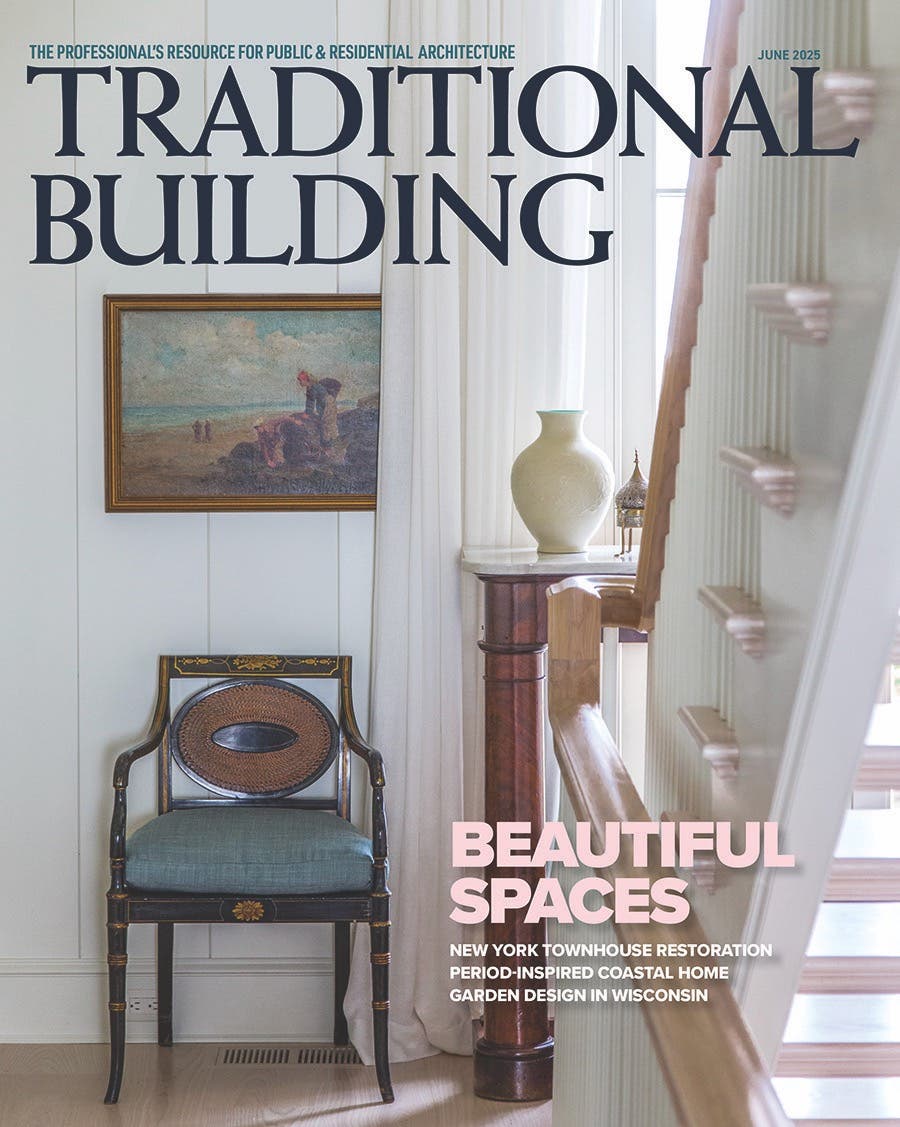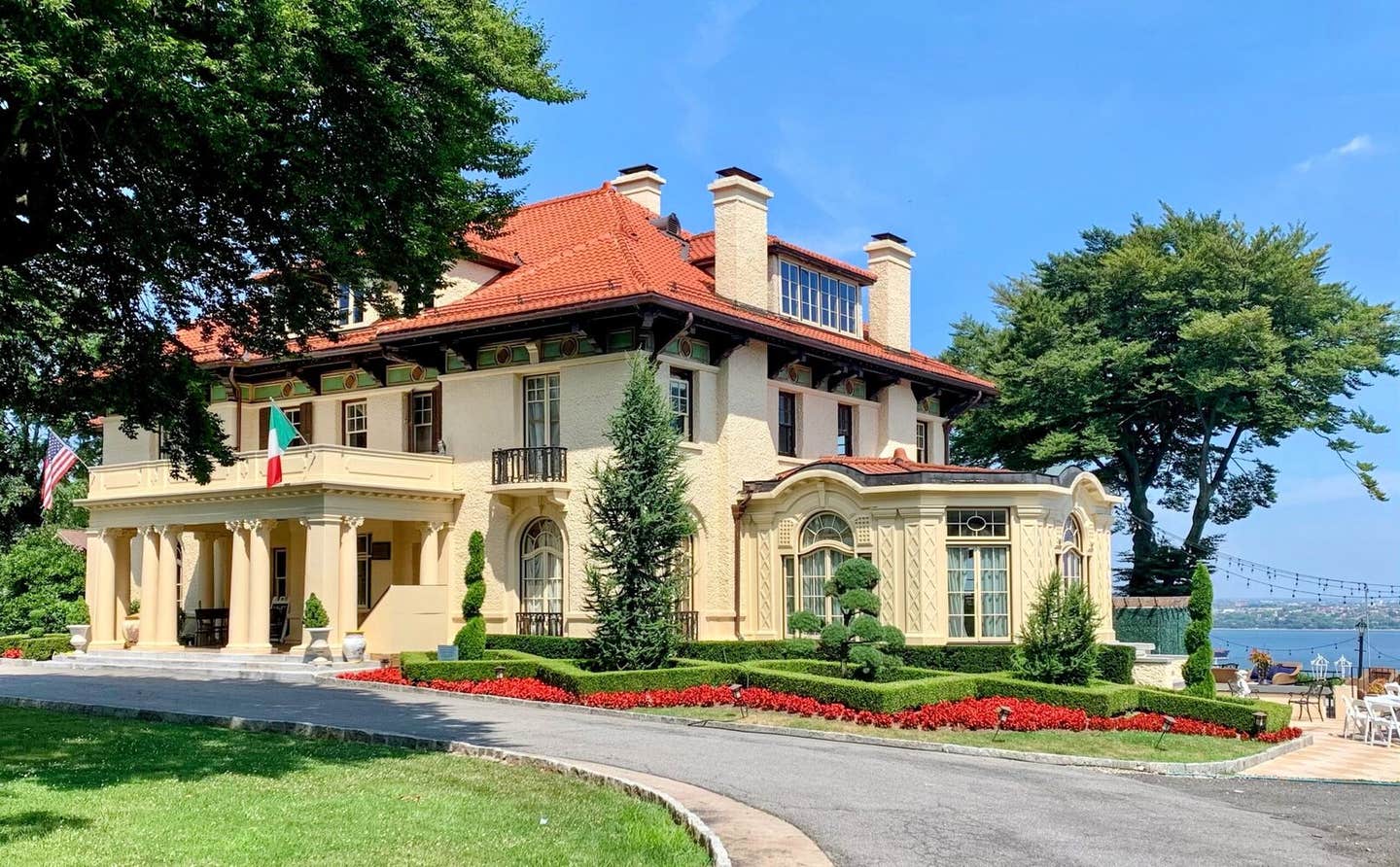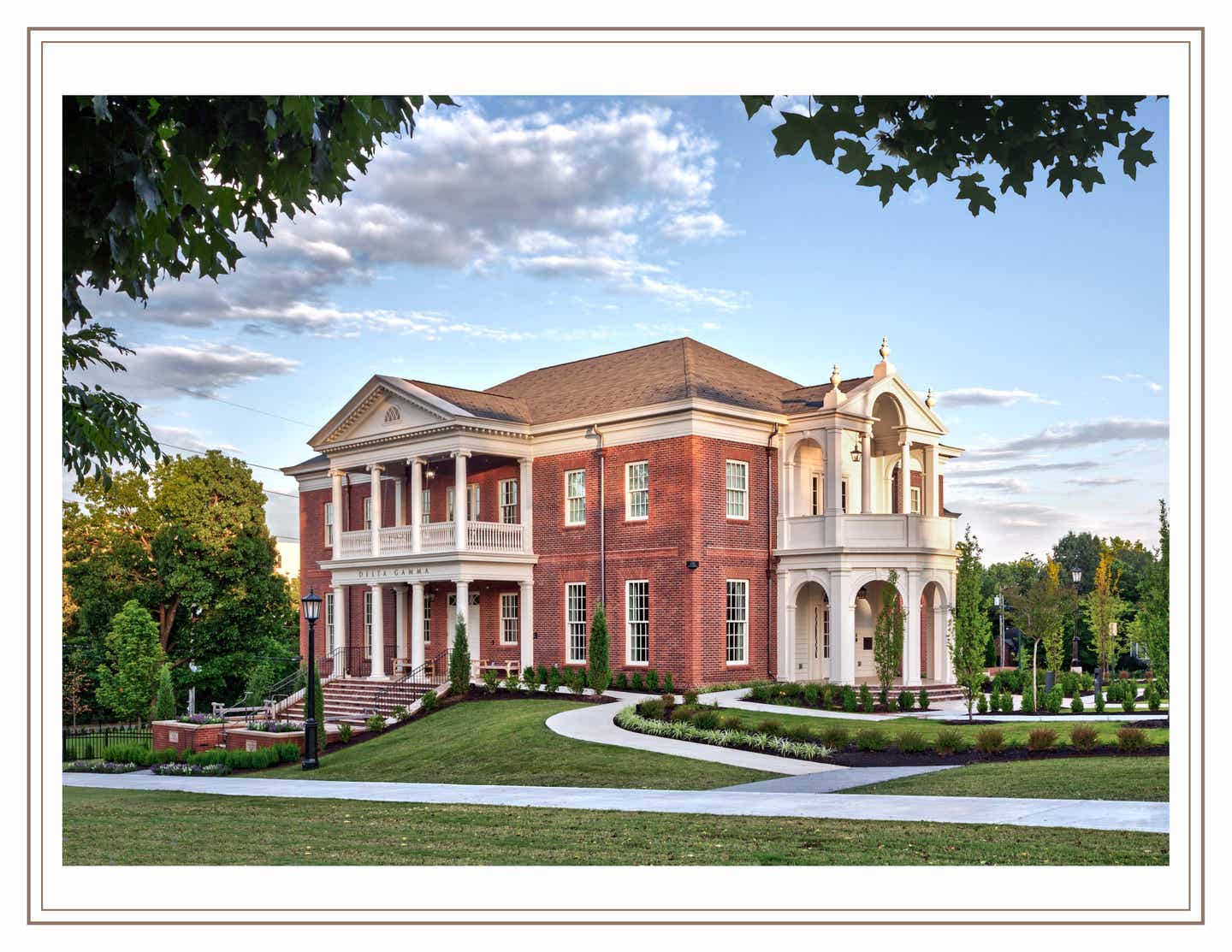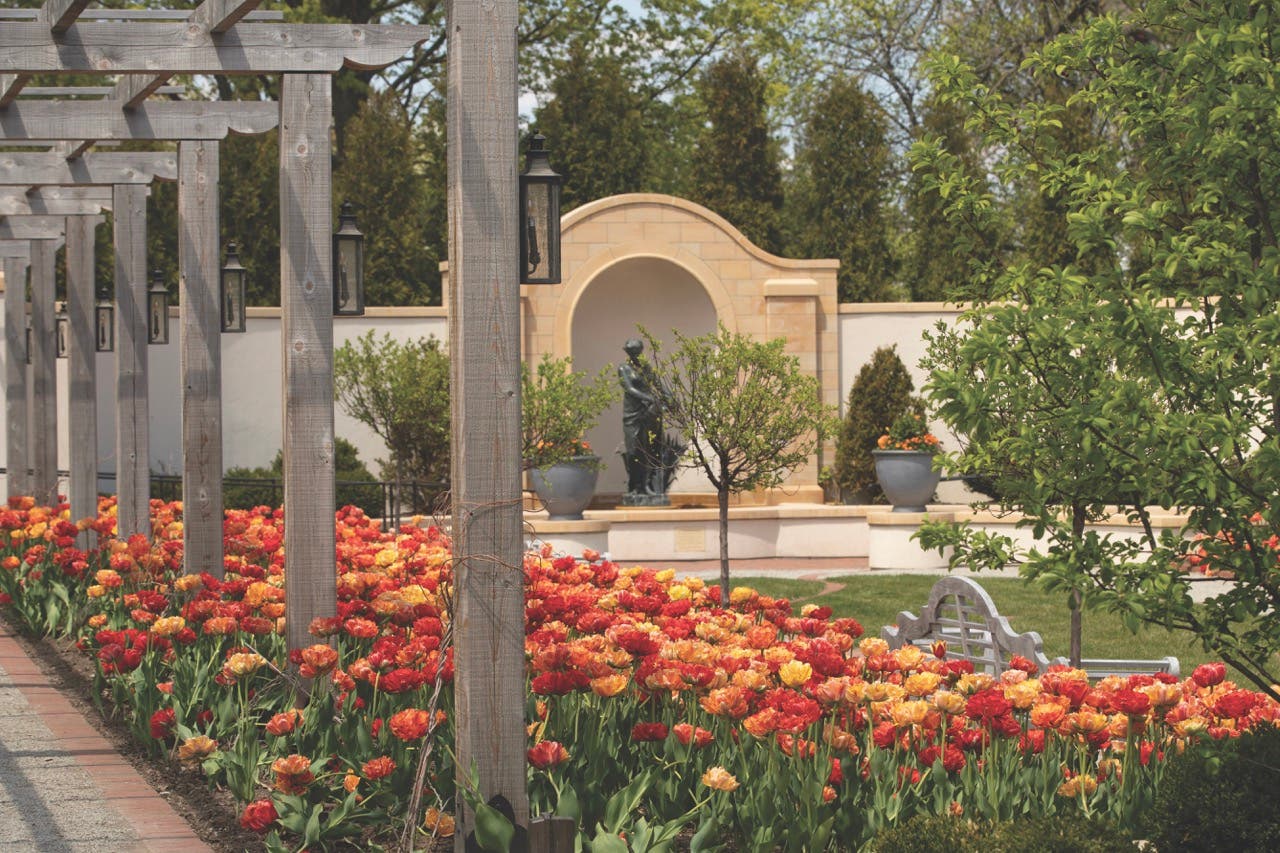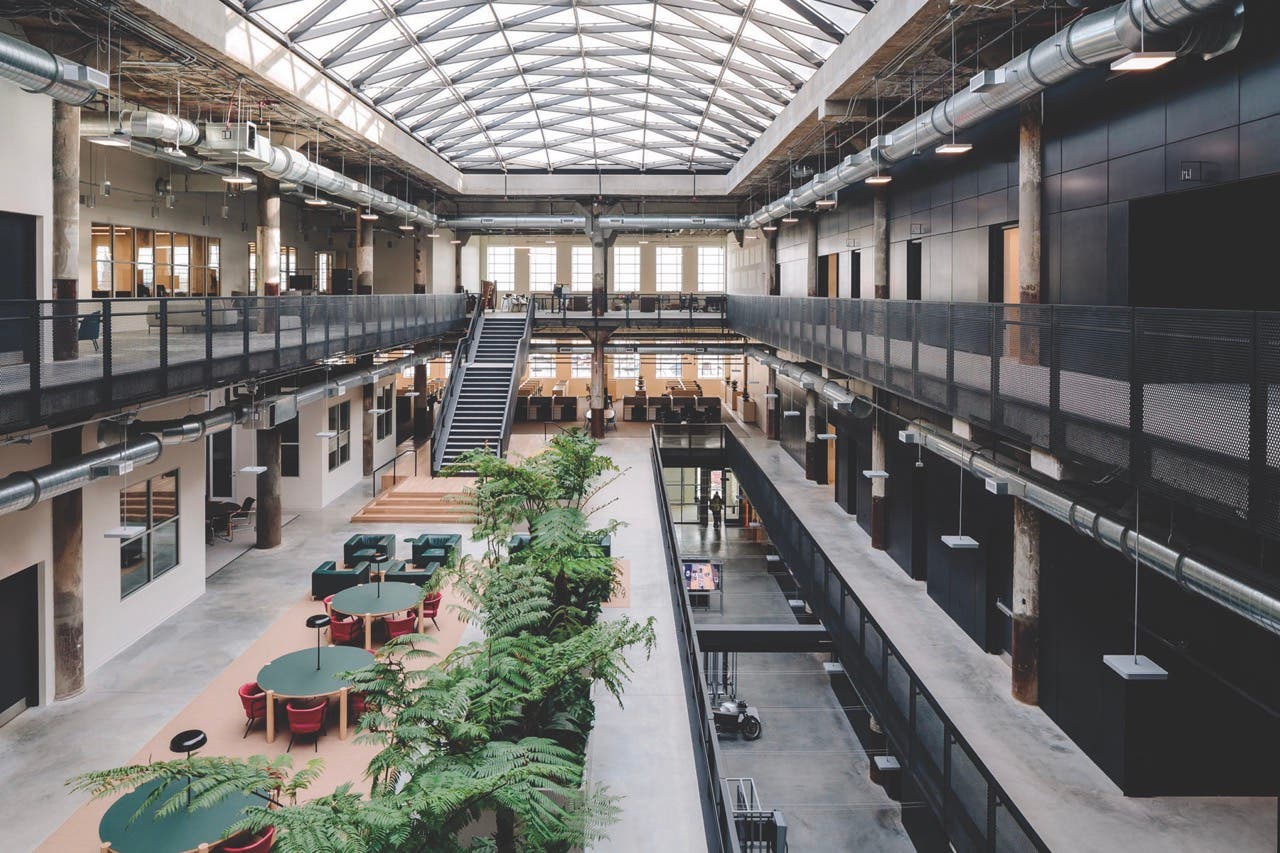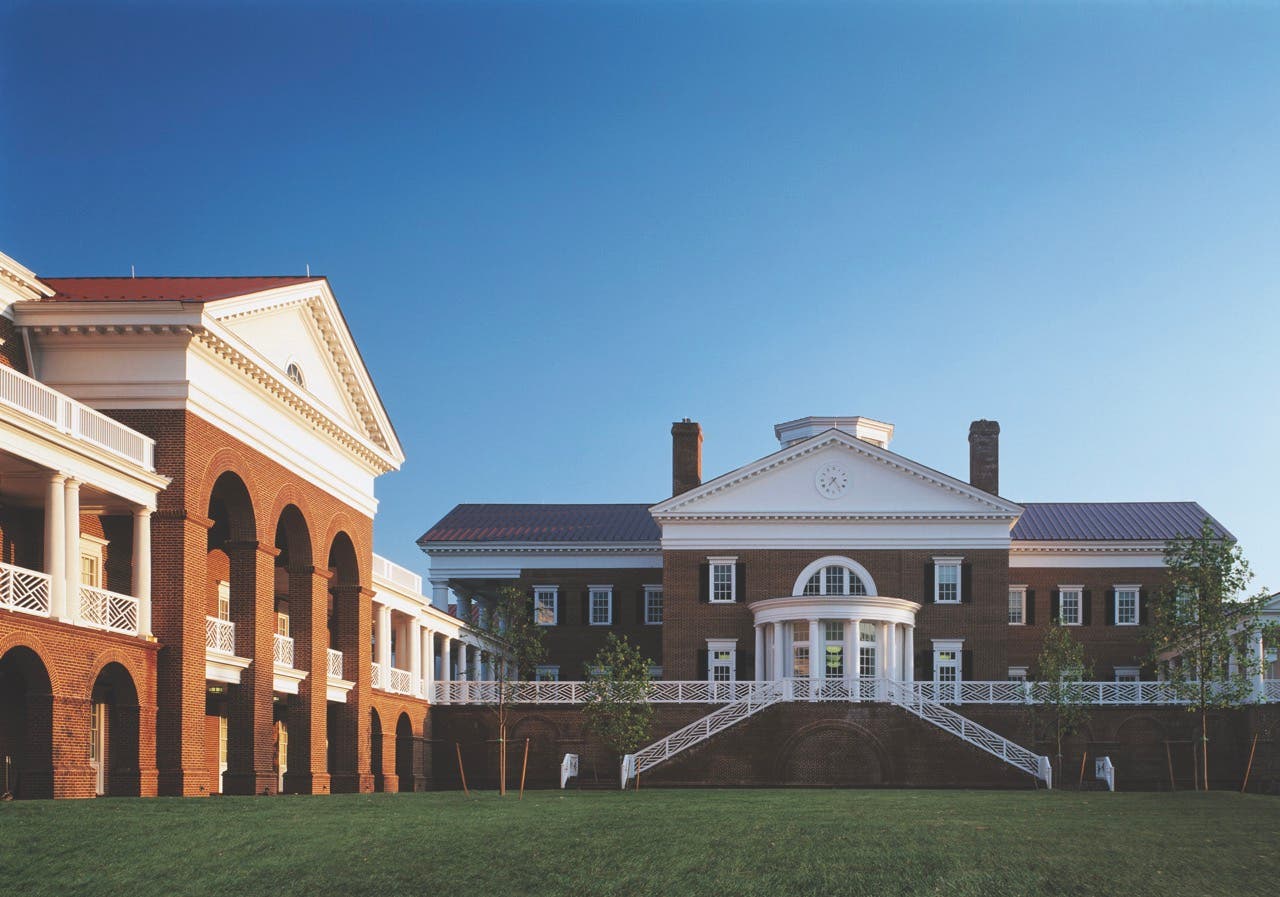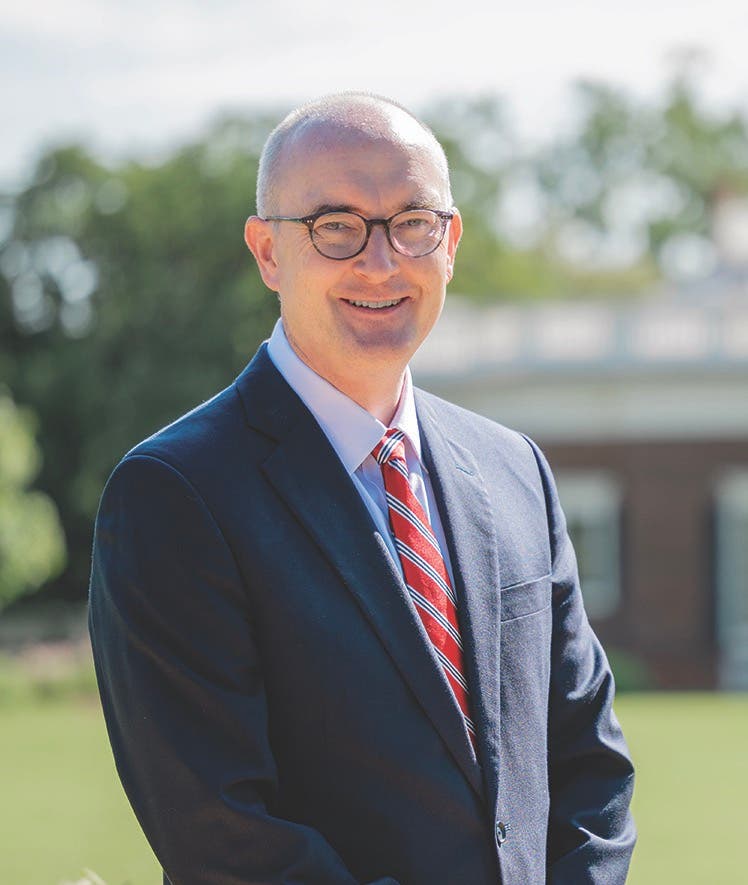
Features
The 25 – Gardiner Hallock
Gardiner Hallock has devoted his career to preserving and restoring presidential sites in Virginia, notably George Washington’s Mount Vernon, James Madison’s Montpelier, and Thomas Jefferson’s Monticello, his focus for the last 12 years.
As the senior vice president for preservation and operations at the Thomas Jefferson Foundation, the private nonprofit that owns and operates Monticello, Hallock leads the efforts to preserve, restore, and protect Monticello’s historic architecture, collections, landscapes, and facilities. A recent project to complete the restoration of Monticello’s Thomas Jefferson-designed South Wing—three of the rooms had been restored previously—is representative of his work’s impact.
The project finished restoring Jefferson’s architectural vision for the domestic and workspaces for the enslaved in the South Wing by removing 20th-century bathrooms and reconstructing historic exteriors. In the process, exhibitions were installed in the newly restored rooms that tell the history of the enslaved people who lived and labored in the South Wing, including a multimedia exhibit on the life of Sally Hemings in one of the recreated slave quarters and, in the 1768 South Pavilion Cellar, an innovative exhibit showcasing rediscovered fragments of Monticello’s first kitchen and their deep connection to the home’s 18th-century history.
Another recent restoration, a Palladian-inspired 1778 gable-fronted stone building also designed by Jefferson, returned an important structure to Monticello’s landscape that informs visitors about Jefferson’s innovative uses of classical architecture while connecting them with the important history of the free and enslaved people who lived and worked on the mountaintop.
Hallock grew up outside Charlottesville, Virginia, and was inspired by Monticello and the University of Virginia before earning his bachelor’s degree in historic preservation from the University of Mary Washington.
He started his career with internships at Colonial Williamsburg. After receiving his master’s degree in historic preservation from the University of Vermont, he was hired as the restoration manager at Mount Vernon. Later, he served as the director of architectural research at Montpelier and came to Monticello as the architectural historian and then director of restoration.
Thanks in part to Hallock’s work at these three historic plantations, hundreds of thousands of visitors discover new stories about the people who lived at these iconic sites every year.
During his career, Hallock has helped the preservation movement grow to embrace not only great buildings like Monticello and Mount Vernon but also much more modest vernacular structures and landscapes.
“As an ever-broader range of historic resources are documented, preserved, and restored, we expand our understanding of the people who lived and labored in the past while saving important elements of the built environment to inspire future generations,” Hallock says. “I believe in the power of restorations to educate visitors, and I’m humbled by the prospect that my work has helped accomplish this end.”


